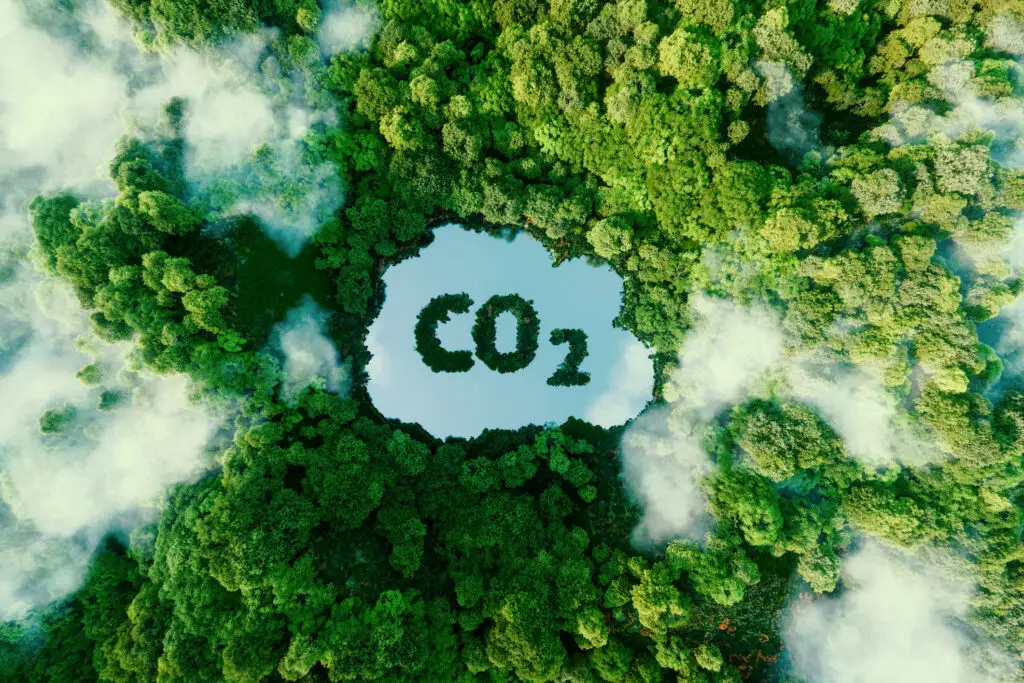The offshore wind industry has been going through some challenging times in the recent past and there is significant uncertainty with respect to cost, supply chain deliverability and commercial terms. Nevertheless, the industry is poised for significant increases in capacity, competition, and investment with improved technology.
The rights to development of an offshore wind park are auctioned by national regulators and comprise both price (subsidy or payment) and non-price criteria. Still, an offshore wind auction strategy is more than bidding optimization. It is a long-term strategy condensed into a bid – with major challenges to consider and resolve.
Key challenges include cost management and supply chain resilience to ensure project profitability. It includes the intensifying competition and evolving business models, ranging from hydrogen and other green fuels production to thermal, electrical, or chemical energy storage. This necessitates developers to navigate uncertainties surrounding economics, subsidies, and infrastructure availability at the time of bidding.
Moreover, the emergence of non-price auction criteria, such as environmental sustainability and innovation, urges developers to adopt alternative approaches.
In this dynamic landscape, success hinges on developing creative and robust strategies that go beyond conventional bidding tactics. Furthermore, a comprehensive quantitative probabilistic evaluation to identify the best strategies and to understand how to improve them further. This will allow companies to embrace long-term vision, adaptability, and innovation.
1. Costs & Supply Chain:
These issues are hampering the profitability of offshore wind projects, requiring measures to stabilize/share costs and build supply chain capacity and resiliency.
Challenges
Inflation & Project Disruptions:
Offshore wind cost increased by ~40% from ’19 – ‘22; 10+ projects put on hold.
Resolutions
Long-Term Supplier Contracts:
Stabilize costs by securing long-term contracts with diverse suppliers.
Supply Chain Capacity:
Current offshore wind supply chain can deliver ~7 GW/yr, needs grow 3x in the next few years.
Cost-Sharing Relationships:
Protect margin with cost-sharing strategies and introduce inflation protection in offtake agreements.
Interest Rates:
EU rates increased ~5% from ‘19 – ’23, and project financing has become more challenging.
Standardization:
Standardize offshore wind equipment & design to improve efficiency: e.g., cap wind turbine size.


2. Competition
The attractiveness of the industry is resulting in more competitive auctions and costlier bids, underscoring the need for optimization of operations and resources.
Challenges
Net Zero Goals:
Have driven new players, such as O&G companies w/ deep pockets, into the wind industry.
Resolutions
Competitive Edge:
Identify a niche, e.g., market or technology, and understand competitor positions.
Uneven Playing Field:
New players may accept lower ROIs as a part of a broader decarbonization strategy.
Portfolio Resource Allocation:
Allocate resources effectively by comparing value from various countries/markets.
Commoditization:
The offshore wind industry is largely commoditized, enabling easier access for new competitors.
Partnerships:
To share risk and get local or technical expertise into the project development.
3. Business Model
New business models, beyond traditional CfD’s and PPA’s, such as hydrogen production, energy storage and offshore islands, require developers to pinpoint the optimal strategy.
Challenges
Increased Uncertainty:
The new business models, are subject to substantially larger uncertainties.
Resolutions
Expand Options:
Maximize the project’s value by strategizing early: from business model, bidding, building and final farm down
Unclear Subsidies:
Lack of clarity on e.g., hydrogen subsidy award and restrictions.
Long-Term Offtakes:
Secure long-term offtake agreements, independent of business model, to enable profitable farm-downs.
Infrastructure:
The buildout of infrastructure may not match needs or timing requirements of different business models.
Infrastructure Partnerships:
Partner with infrastructure players and other developers to share risk and cut timelines.


4. Non-Price Criteria
Non-price auction criteria such as environmental criteria, innovation and integration requires developers to consider alternative approaches to project development.
Challenges
Trade-Offs:
Inclusion of non-price criteria requires new strategic alternatives and challenging trade-offs
Resolutions
Maximize Attractiveness to Regulator:
Take a broad view and consider alternatives to improve across the range of auction criteria.
Untransparent Measurement:
Unclear measurement of non-price criteria can make bidding untransparent and unpredictable.
Broader Partnership:
Allocate resources effectively by comparing value from various countries/markets.
Ability to Deliver:
Proving the ability, intention and speed of project delivery will become increasingly important.
Multi-Criteria Evaluation:
Compare a range of strategies across financial and non-financial criteria.
Auction Stratgey
SDG provides a decision-science based auction strategy framework for developing and evaluating alternative auction approaches.
Publications
Explore further insights from our experts by checking out our publications.




